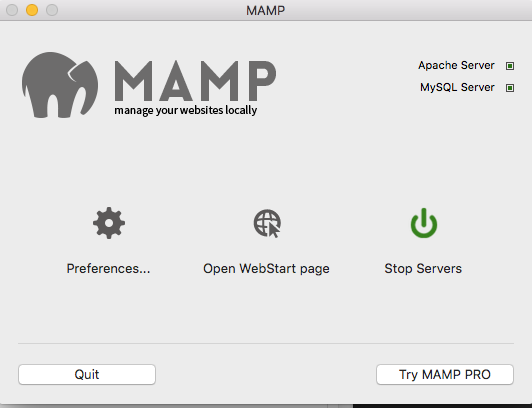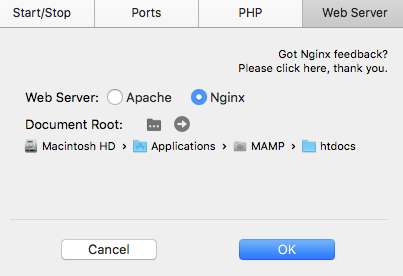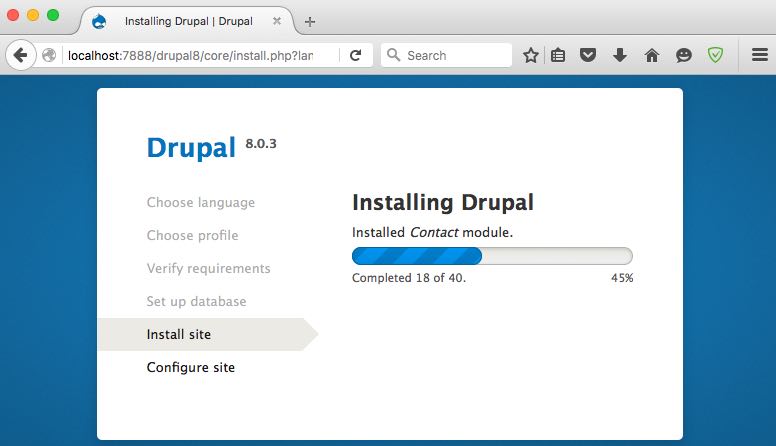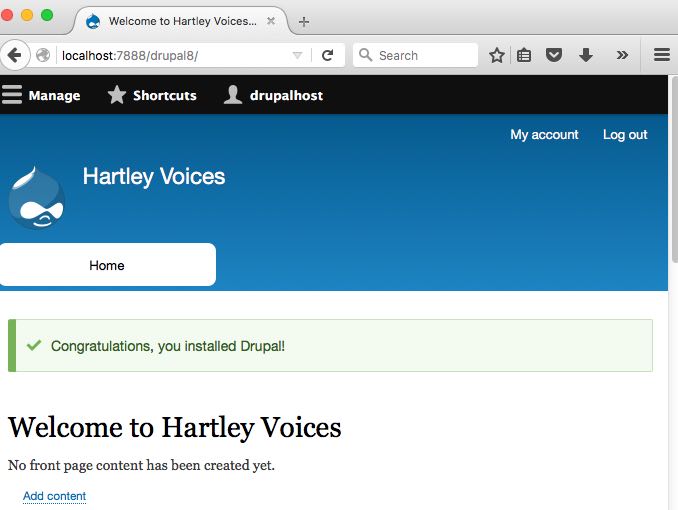A Website Upgrade from Drupal 6 to Drupal 8 - Part 1
Why? - Drupal 8
I hope to capture the essence and learnings of migrating a website from Drupal 6 to Drupal 8, which is formally released as production ready.
I expect this journey to have issues along the way as I am a novice Drupal administrator and have no experience in Theming. Some key considerations during this migration:
- Mobile Friendly Theme
- Google Search Ranking (it is an existing site)
- Audio and Video Playback Capability
- Easy to Maintain Content
Drupal 6 End Of Life
As announced in the Drupal 6 extended support policy, 3 months after Drupal 8 comes out, Drupal 6 will be end-of-life (EOL).
On February 24th 2016, Drupal 6 will reach end of life and no longer be supported.
Drupal 8 core provides a Migration path directly from Drupal 6 as an experimental feature, so sites can update directly to Drupal 8 using either a user interface or with Drush.
This improved migration path is one of the main reasons why I have waited for Drupal 8, but by far the main reason is Google Rankings
Starting April 21, we will be expanding our use of mobile-friendliness as a ranking signal. This change will affect mobile searches in all languages worldwide and will have a significant impact in our search results. Consequently, users will find it easier to get relevant, high quality search results that are optimized for their devices.
Drupal 8 was designed with mobile devices first in mind, this article by Axelerant describes some of the philosophy behind Drupal 8. However, Drupal 8 is still in its infancy, so I will be doing my best to find resources during the upgrade, for example 27 Questions (and Answers) from My First Drupal 8 Site Build.
Getting Ready - Installing a Local Development Environment
Drupal 8 Requirements include a Web server, typically Apache, Database, typically MySQL and PHP. In order to develop Drupal locally, these need to be available. As I am developing on an Apple Mac Mini, a convenient way to ensure all the dependencies are available are by using a package manager. The choices for me were either:
- MAMP - installs a local server environment in a matter of seconds on your Mac
- HomeBrew - the missing package manager for OS X
Using HomeBrew, all the packages would need to be installed from the command line. Some tutorials include:
I decided to use MAMP as it is a much simpler installation process and ultimately i would generally not be developing much locally once the migration to Drupal 8 is complete. However, I chose Nginx as the web server as my production hosts DigitalOcean.com and Serverpilot.io use Nginx as default. I also ensured that MAMP was using PHP 7.0.0.


Once MAMP was Installed I used the usual phpmyadmin to create a Drupal 8 MySQL database and user with the recommended database permissions
Download Drupal and Follow Core Drupal “standard” Installation Profile
There are many tutorials describing how to install the standard Drupal 8, for example Drupal 8 Video Installation Guide on Mac OS X. Essentially the installation involves:
Put Drupal download into the MAMP htdocs and browse to that folder, in my case http://localhost:7888/drupal8/

After defining the usual settings during installation, for example timezone you are done…

In the next part, I will install the Drupal migration modules and use Drush to migrate the Drupal 6 database to Drupal 8.
 Hywel Llewellyn
Hywel Llewellyn